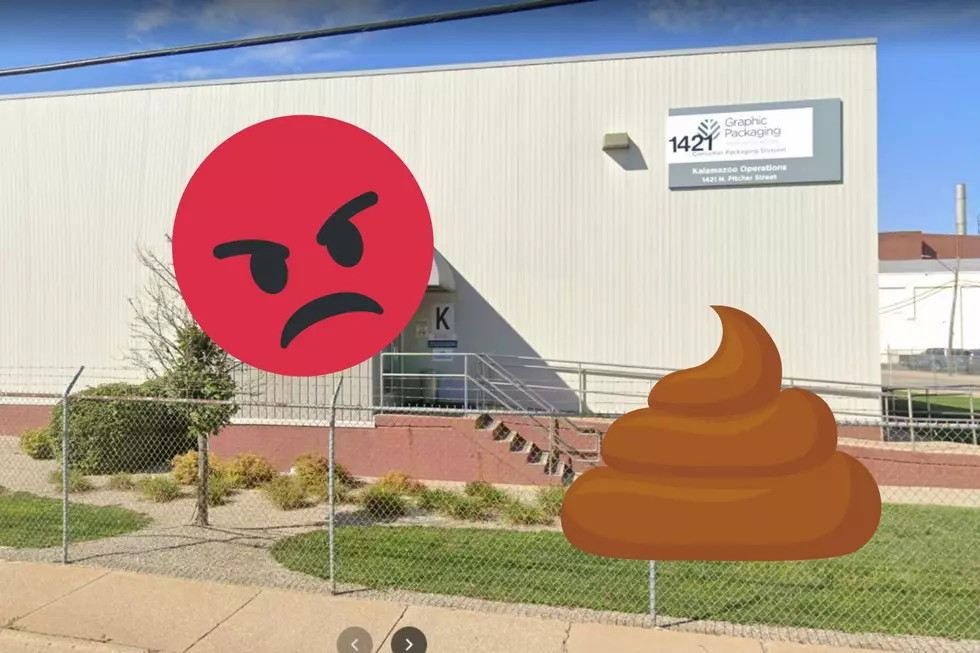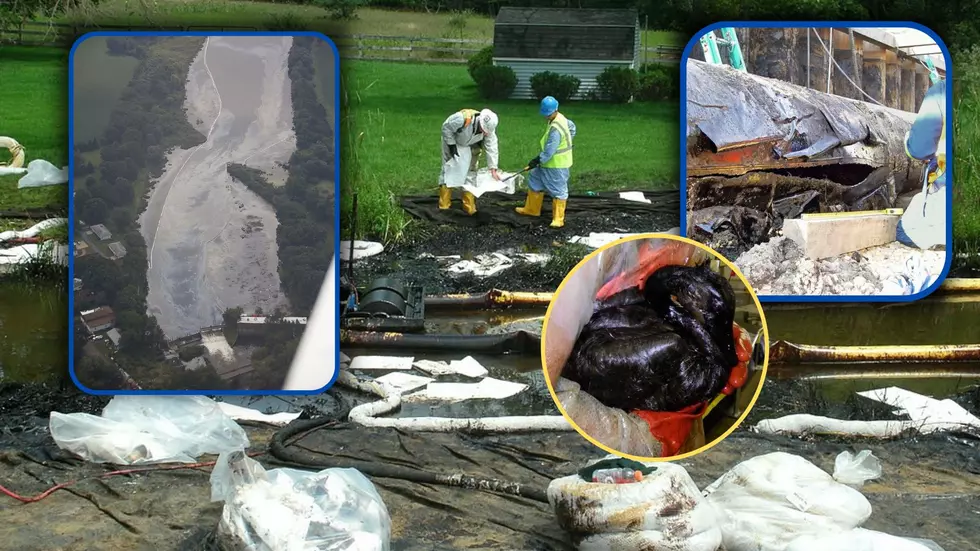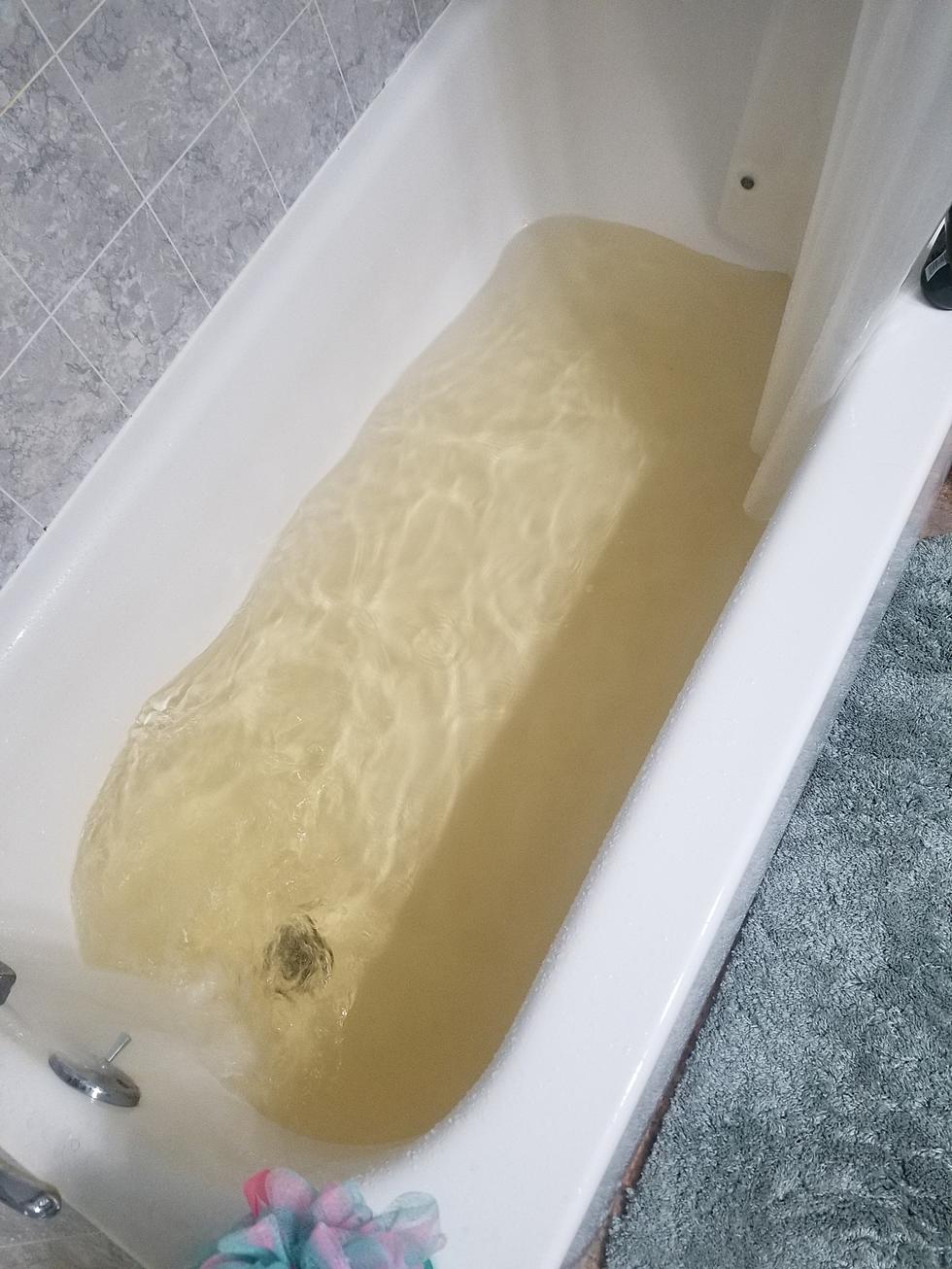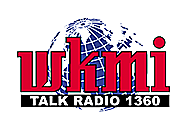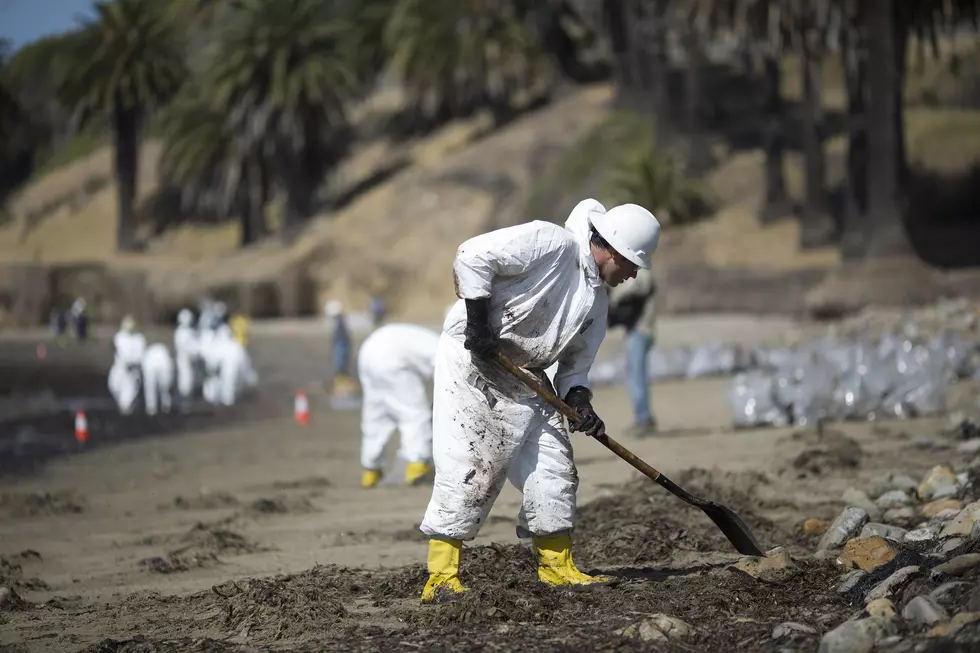
State: No Long Term Ill Health Effects From Kalamazoo River Oil Spill
The Michigan Department of Health and Human Services has concluded that residents are not expected to experience long-term harm to their health from breathing chemicals released into the air from the spilled oil, according to The finalized MDHHS Public Health Assessment evaluating levels of oil-related chemicals in the air following the July 2010 oil spill in Calhoun and Kalamazoo counties.
People who breathed oil-related chemicals in the air from the time of the spill to August 18, 2010, reported temporary health effects including: headaches, nausea, respiratory discomfort, and eye irritation. By August 18, 2010, concentrations of oil-related chemicals in the air had fallen below human health screening levels that protect the public, including vulnerable populations such as children, the elderly, and those with preexisting illnesses.
Air monitoring near cleanup sites in 2011 and 2012 did not find oil-related chemicals in the air at concentrations exceeding the human health screening levels. Therefore, people did not breathe oil-related chemicals long enough or at levels high enough to cause long term health effects.
A copy of the report can be viewed here
It can also be reviewed at these locations:
- Marshall District Library, located at 124 W. Green St. in Marshall
- Willard Library, located at 7 W. Van Buren St. in Battle Creek
- Galesburg Memorial Library, located at 188 E. Michigan Ave. in Galesburg
This Public Health Assessment related to the 2010 oil spill in Calhoun and Kalamazoo counties is specific to chemicals in the air. Other assessments have been conducted and can be found at www.michigan.gov/kalamazooriveroilspill.
The MDHHS Division of Environmental Health conducted this Public Health Assessment as part of a cooperative agreement with the federal Agency for Toxic Substances and Disease Registry (ATSDR). Information about the human health effects of exposure to environmental contaminants can be found online at http://www.atsdr.cdc.gov/toxfaqs/index.asp.
Source: Michigan Department of Health and Human Services release
More From WKMI
